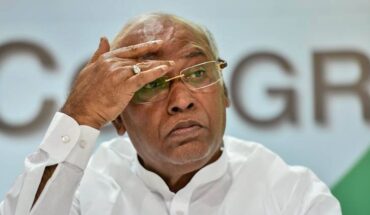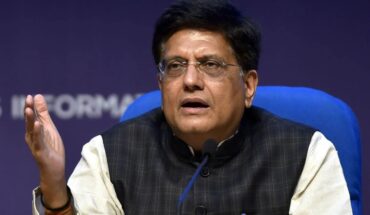The World Bank recently alerted India that it will take another 75 years to reach one-quarter of the current per capita income level of the United States. It also acknowledged that India seems to get stuck in the middle-income per capita range. The likelihood that India will achieve the status of a high-income country seems remote.Currently, India’s per capita income stands at $2,500, and it will take even longer than the 2047 deadline for becoming a developed nation to reach $20,000. The challenges of increasing per capita income are expected to become even more severe in the future. According to global research and studies, the economic threshold for upper-middle-income status is $13,845. The World Bank also noted that since 1990, only 34 countries have transitioned from middle-income to high-income per capita levels. This situation is becoming more complex globally, as these 34 countries, which collectively represent a population of just around 250 million, account for less than 20% of India’s current population.
There has been a change in the way society views economic growth and advancement in the wake of the recent talks about the challenges and growth of the Indian economy. For instance, why is consistent GDP growth so important? Currently, among the top 10 GDP nations, India has the lowest per capita income. With a GDP of $3.94 trillion, India is the world’s 5th largest economy. In the context of India’s economic growth, its large population is often viewed as a challenge, but what about China’s larger population? India surpassed China in population last year, yet in terms of economic growth, China surpassed India in both GDP and per capita income nearly a decade and a half ago. Today, China’s economy is six times larger than India’s, though both countries had almost identical economic conditions until the 1990s.Undoubtedly, India has made remarkable progress in the past three to four decades, leading to consistent increases in GDP and per capita income. Between 1960 and 1990, India’s per capita income grew by less than two times, while after the economic reforms of the 1990s, it has grown nearly five times. However, according to a recent World Bank study, the current situation regarding India’s per capita income growth is concerning, and India must undertake major structural reforms, or most of its population is likely to remain trapped in the middle-income range. India’s economic growth rate is commendable, having maintained a growth rate of five percent or more for the past 15 years. However, other countries like South Korea have sustained their economic growth rate for over 50 years. Today, South Korea’s per capita income is $33,000, though in the 1960s, it did not even fall into the middle-income category. It is worth noting that South Korea lags far behind India in terms of GDP.Thus, India faces a challenge over the next 20 to 25 years: to maintain a minimum growth rate of five percent or more at all costs.
In recent years, there has been significant progress in India’s GDP growth and an improvement in the personal economic standards of its citizens. It is crucial to establish a logical connection between these two key dimensions. For instance, over the past three decades, a positive correlation has emerged in Indian society between GDP growth and individual economic life. In the early 2000s, for example, a person earning ₹5,000 per month would take 3 to 5 years to afford the lowest-cost car available at that time. Today, with a monthly salary of ₹60,000, that same person can make such a purchase in just 6 months.Another interesting trend is that families who have recently transitioned from lower-middle-class to middle-income status have begun to adopt air travel, as they can now afford its cost. Additionally, competition has kept air travel costs under control. However, a striking reality presents itself in the fact that even today, only about 20% of India’s population can afford to buy ready-made clothes produced by the domestic manufacturing sector, where prices start at ₹3,000 or more. Meanwhile, a large section of society still wears shirts and trousers priced between ₹300 and ₹500, which are often imported from countries like Bangladesh, and Vietnam.
The market, the government, and society must now all proceed in the same direction. In this situation, the government had to place a higher priority on financial restraint and lessen its dependency on debt in order to enable private investors to obtain loans at more affordable rates. Instead of turning to luxury, society should consider the cost of education as an investment and concentrate on saving and making prudent financial decisions. In terms of the market, it needs to change its strategy from one of high margins with low volume to one of high volume with poor margins. In addition to attaining profitability, this will allow the market to take advantage of society’s entire purchasing power.
Dr. P S Vohra is a Writer, columnist and financial thinker, View are personal.






